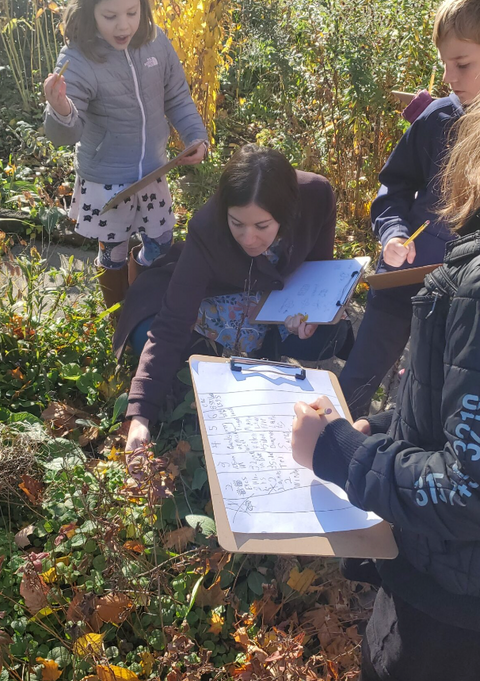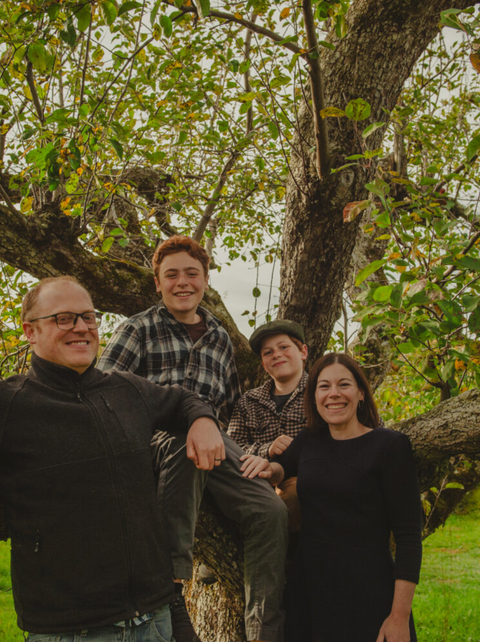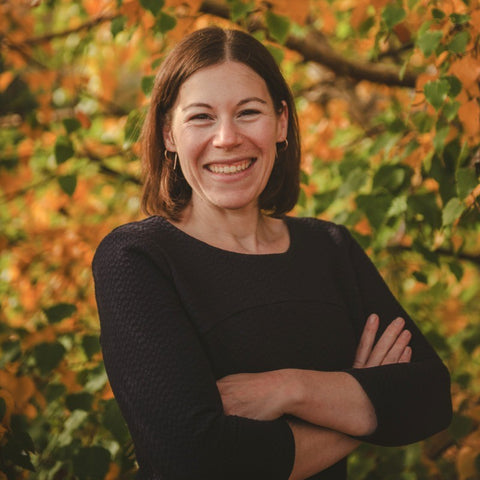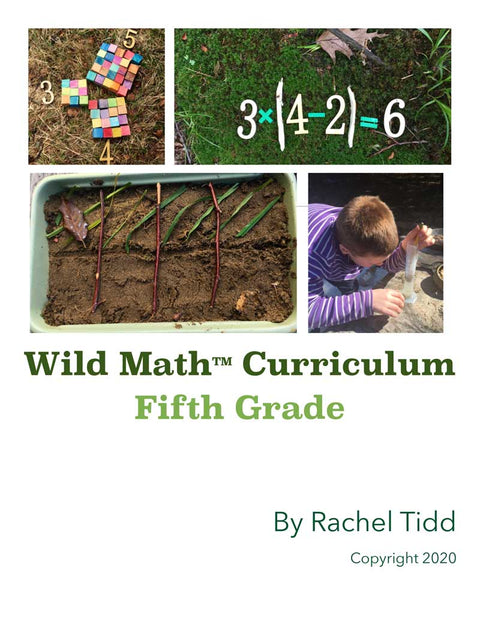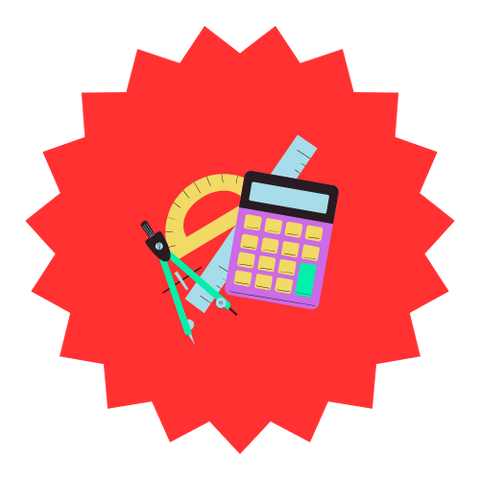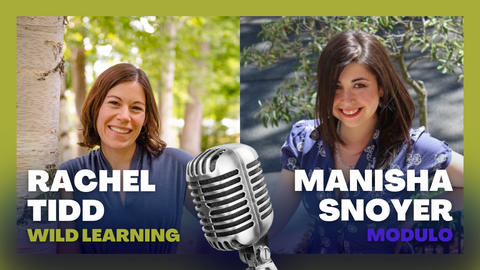Wild Math is a strong fit for kids with ADHD, dyscalculia, and sensory challenges because it moves beyond worksheets and taps into multisensory, movement-based learning. For children with ADHD, the outdoor, hands-on approach keeps them engaged and allows for physical movement, which helps with focus and memory. Kids with dyscalculia benefit from the concrete, visual nature of lessons—using sticks to model place value or drawing number lines in chalk builds conceptual understanding through physical experience. For learners with sensory sensitivities, the flexibility to adapt the environment, choose materials, and work at their own pace makes it easier to create a low-stress, supportive learning space. Wild Math offers an ideal environment for children with sensory challenges: nature-based activities reduce stress, regulate the nervous system, and allow children to learn in calming, adaptable settings, making math a grounding, enjoyable experience.
Wild Reading is a good fit for children with ADHD because it offers a flexible, engaging, and multisensory approach that helps maintain focus and interest. Each week is anchored by an imaginative story that captures attention and creates a meaningful context for learning. The hands-on activities—like building words, drawing letters, moving outdoors, and exploring nature—give kids the chance to move their bodies and learn through doing, which can be especially helpful for those who struggle with sitting still. The consistent weekly rhythm provides structure without being rigid, allowing families to adjust the pace based on the child’s energy and attention levels.
Wild Reading can be a good fit for children with dyslexia because it combines structured, science-based phonics instruction with a gentle, multisensory approach that supports diverse learning needs. The program introduces letter sounds and phonics skills sequentially, helping children build a strong foundation in decoding. Its hands-on activities, such as using a moveable alphabet and engaging with stories, tap into visual, auditory, and kinesthetic learning styles—an approach often recommended for dyslexic learners. The rhythm and repetition built into each week, along with decodable books and explicit instruction, offer the kind of consistency and practice that many children with dyslexia benefit from.
